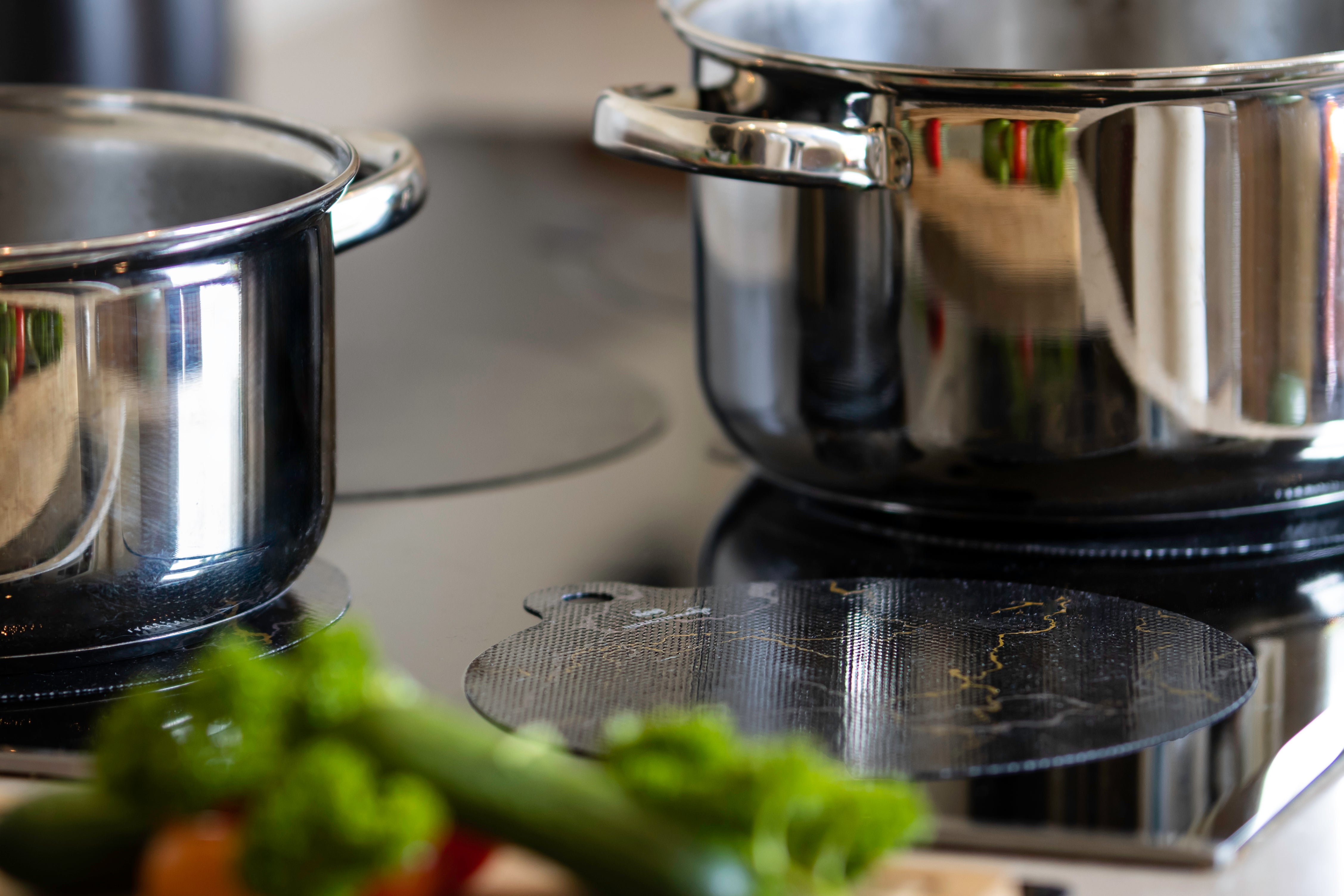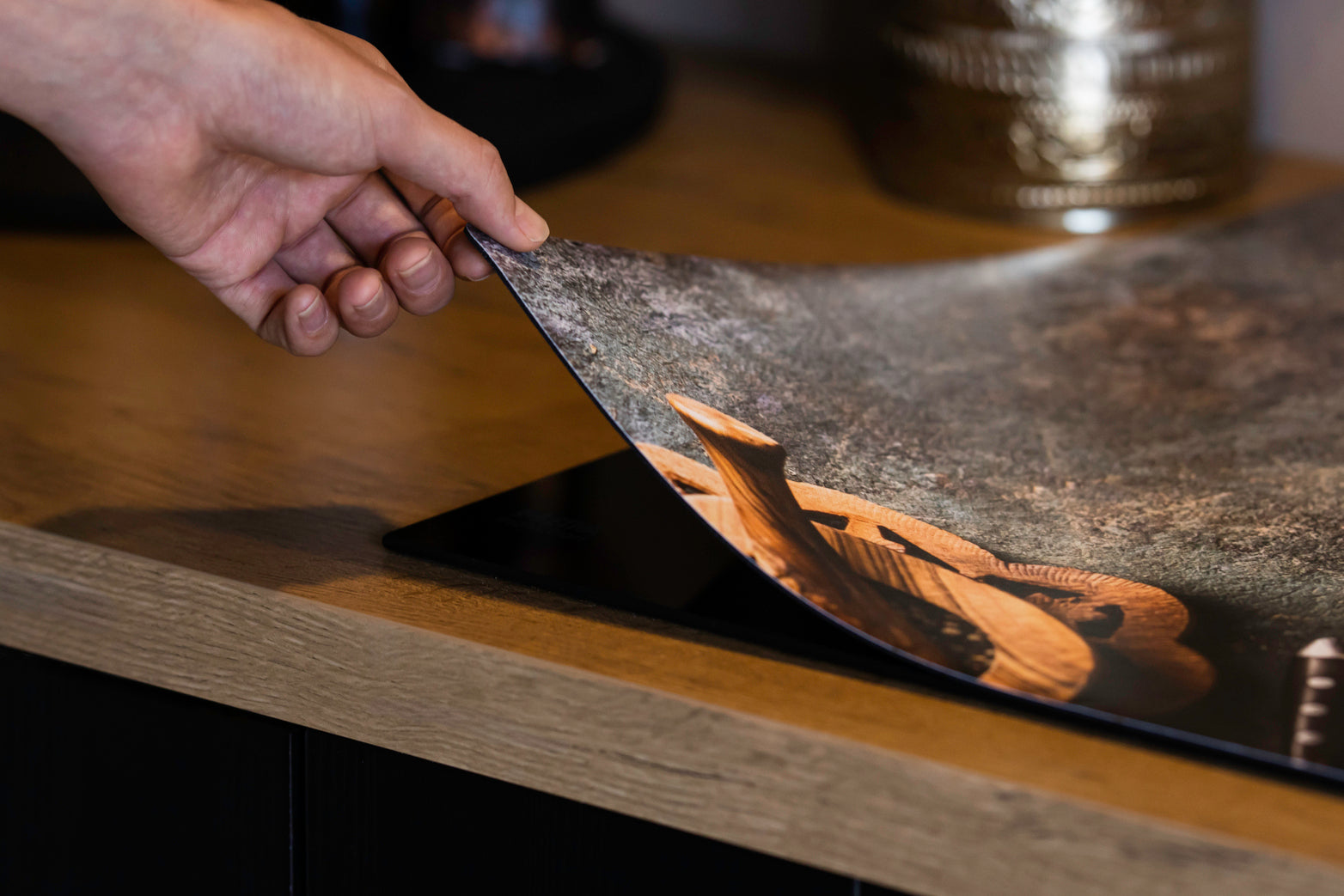Induction Cooking for Beginners: Tips and Tricks
Induction cooking is becoming increasingly popular in Dutch homes. If you're considering switching to an induction cooktop, it can be a bit overwhelming. But don't worry! In this blog post, we'll give you a comprehensive introduction to induction cooking and share valuable tips and tricks to help you get started.
What is induction cooking?
Induction cooking is a modern and efficient way of cooking that uses electromagnetic induction. Instead of traditional gas burners or electric cooktops, an induction cooktop uses a magnetic field to heat the pan directly. This results in faster heating, more precise temperature control, and significant energy savings.
Benefits of induction cooking
Besides efficiency and speed, induction cooking also offers many other advantages:
- Safety : Induction hobs themselves remain relatively cool, significantly reducing the risk of fire.
- Easy to clean : The smooth surface of an induction hob is easy to wipe clean.
- Stylish and modern : Induction hobs have a sleek, minimalist look that fits well in contemporary kitchens.
- Energy efficient : Induction cooking is up to 30% more efficient than traditional electric cooking.
How does an induction hob work?
The principle behind induction cooking is quite simple. Underneath the glass-ceramic surface of the cooktop is an electromagnetic coil. When this coil conducts electricity, it creates a magnetic field. If you place a pan with magnetic properties on the cooktop, this magnetic field generates electric currents in the base of the pan. These electric currents cause the pan itself to heat up, quickly heating the food inside.
Suitable cookware for induction
Not all pans are suitable for induction cooking. To take full advantage of its benefits, you need pans with a magnetic base, such as those made of cast iron, stainless steel, or certain types of aluminum. Pans with a completely flat base work best. Glass, ceramic, or copper pans are unfortunately not suitable for induction cooking.
Getting started with induction cooking
If you're using an induction cooktop for the first time, it might take some getting used to. But with a few simple steps, you'll be up and running in no time.
Using your induction hob for the first time
- Read the user manual carefully to learn about all functions and settings.
- Start on a low power setting and slowly increase it until you reach the desired temperature.
- Make sure that the pan is properly centered on the cooking zone for optimal results.
Temperature control and power levels
Induction cooktops offer extensive temperature control. Most models have multiple power settings, often ranging from 1 to 9 or 12. Start with a lower setting for delicate dishes and switch to a higher setting for faster heating.
Tips for successful induction cooking
Now that you know the basics, it's time to further develop your induction cooking skills. Here are some helpful tips:
Energy saving
Induction cooking is already very efficient, but you can reduce energy consumption even further by:
- Using the correct pan size for each cooking zone
- Switch off the hob a few minutes before the end of the cooking time
- Using the timer function
Safety with induction cooking
Although induction cooktops are safer than traditional cooktops, it is important to observe some safety precautions:
- Keep children away from the hot hob
- Use oven mitts or pot holders to handle hot pans
- Always switch off the hob after use
Common challenges and solutions
As with any new technology, induction cooking can sometimes encounter some bumps in the road. Here are some common issues and how to address them:
Noise while cooking
It's normal to hear a buzzing or humming sound while cooking on induction. This is due to electromagnetic induction. If the noise is too loud, try:
- Use a pan with a heavier base
- To lower the power level
- Move the pan slightly on the cooking zone
Adapting cooking techniques
Some cooking techniques, such as stir-frying or sautéing, require some adjustment when cooking with induction. For example, try:
- Use pans with a thicker base for a more even heat distribution
- Stir or shake often to prevent burning
- Set the power level slightly lower for delicate dishes
Maintaining your induction hob
To keep your induction cooktop in top condition for a long time, regular maintenance is important. Follow these tips:
Daily cleaning
- Wipe the hob clean with a damp cloth after each use.
- Use special induction cleaning agents to remove stubborn dirt
Use of induction protective mat
Induction hob mats are vinyl protectors that you can place on your hob. They protect the surface from scratches and stains.
Conclusion
Induction cooking offers numerous advantages and is an excellent choice for modern kitchens. With the right knowledge and a few handy tips, you can quickly discover the benefits of induction cooking. Take the time to get used to this new technology, and you'll be amazed by its efficiency, speed, and ease of use. Don't let the switch scare you off—induction cooking is the future of cooking!
Useful links
More useful information about kitchen accessories and induction cooking can be found at startkabel.nl .


